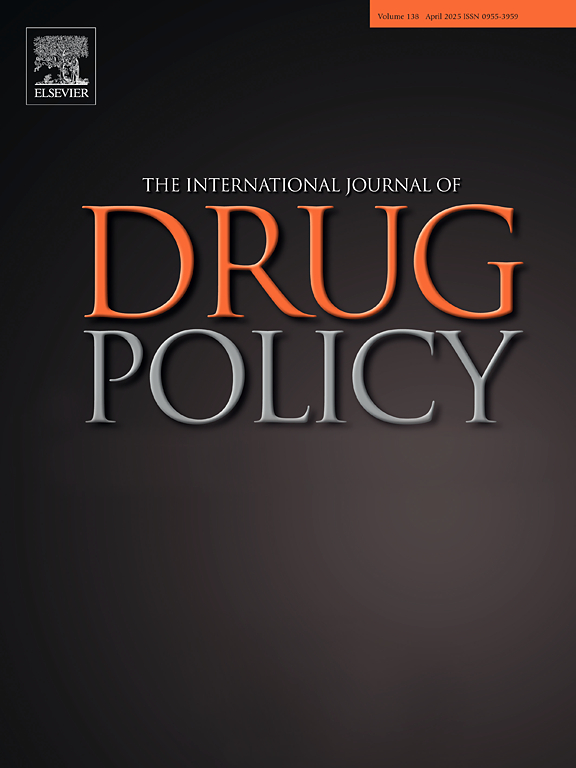Incarcerated individuals are at a high risk of substance use-related death after release. While prior research has demonstrated that this is partially due to loss of tolerance during incarceration and return to use after release, structural and healthcare use factors that may also impact overdose risk have been underexplored. We assessed the relationship between structural factors (e.g., housing services received) and health care use (e.g., emergency department use) and overdose risk at 12-months post-incarceration in Rhode Island in the United States.
There were 9696 individuals in the analytic sample. Most deaths that occurred within 12 months post-release involved substance use (N = 96).
Structural factors were weakly associated with reduced risk of substance use-related death post-release from incarceration. Conducting needs assessments (e.g., identifying employment needs) and interventions (e.g., employment training programs) prior to or at release that address these structural factors are critical for reducing this risk. Further, these findings contribute to the evidence that decarceration should be used a public health tool given the high risk of substance use-related death post-release.

